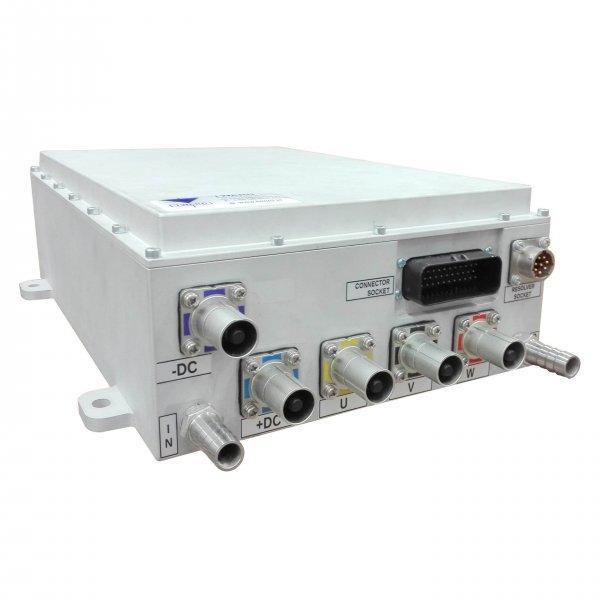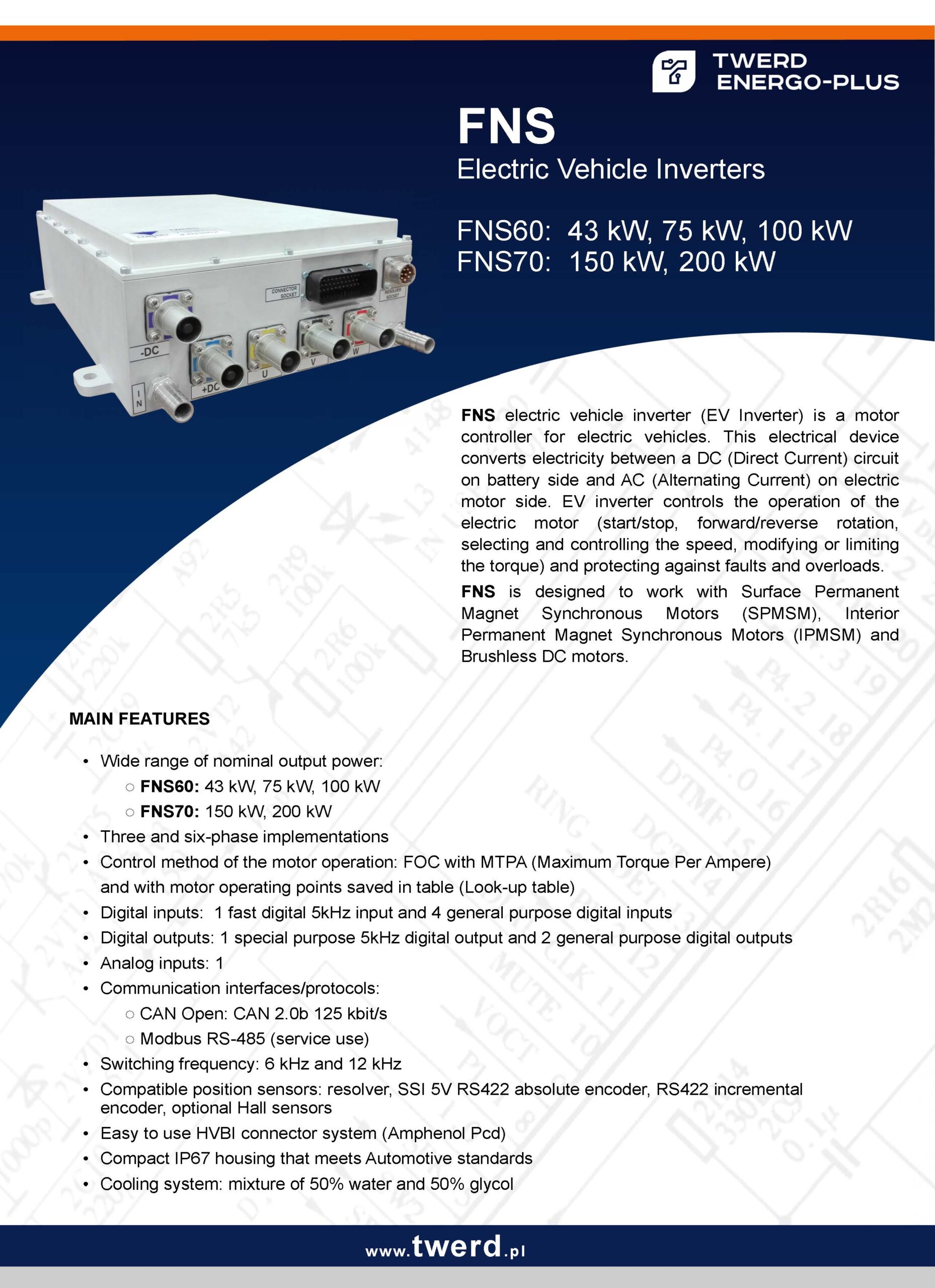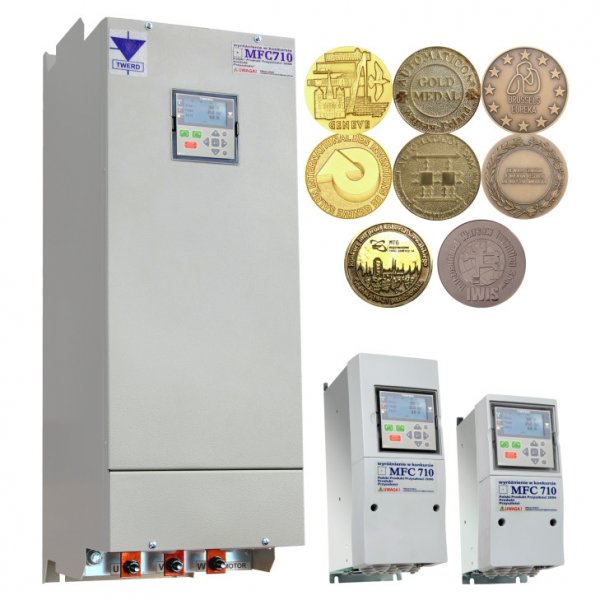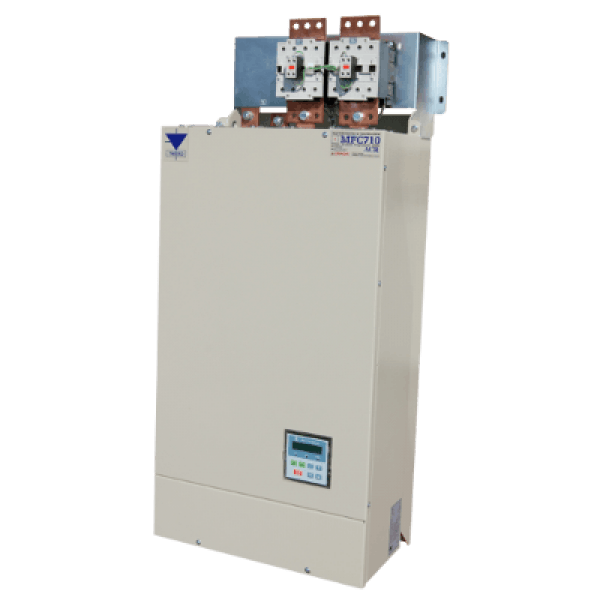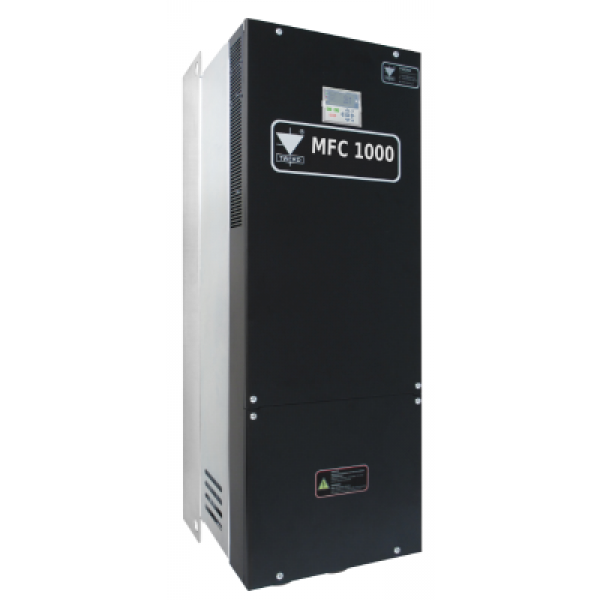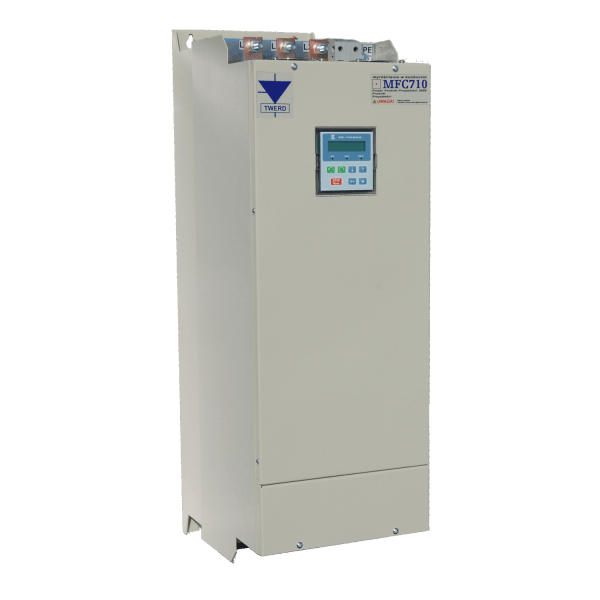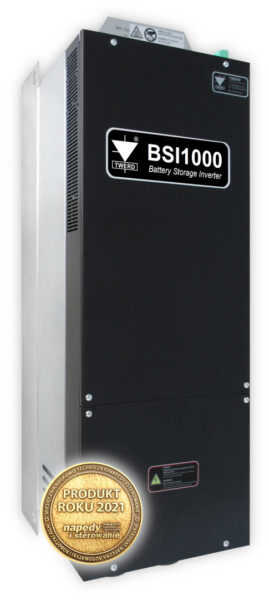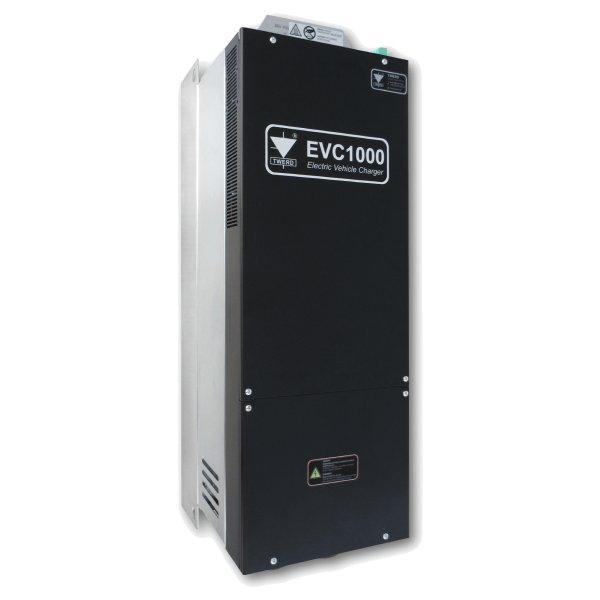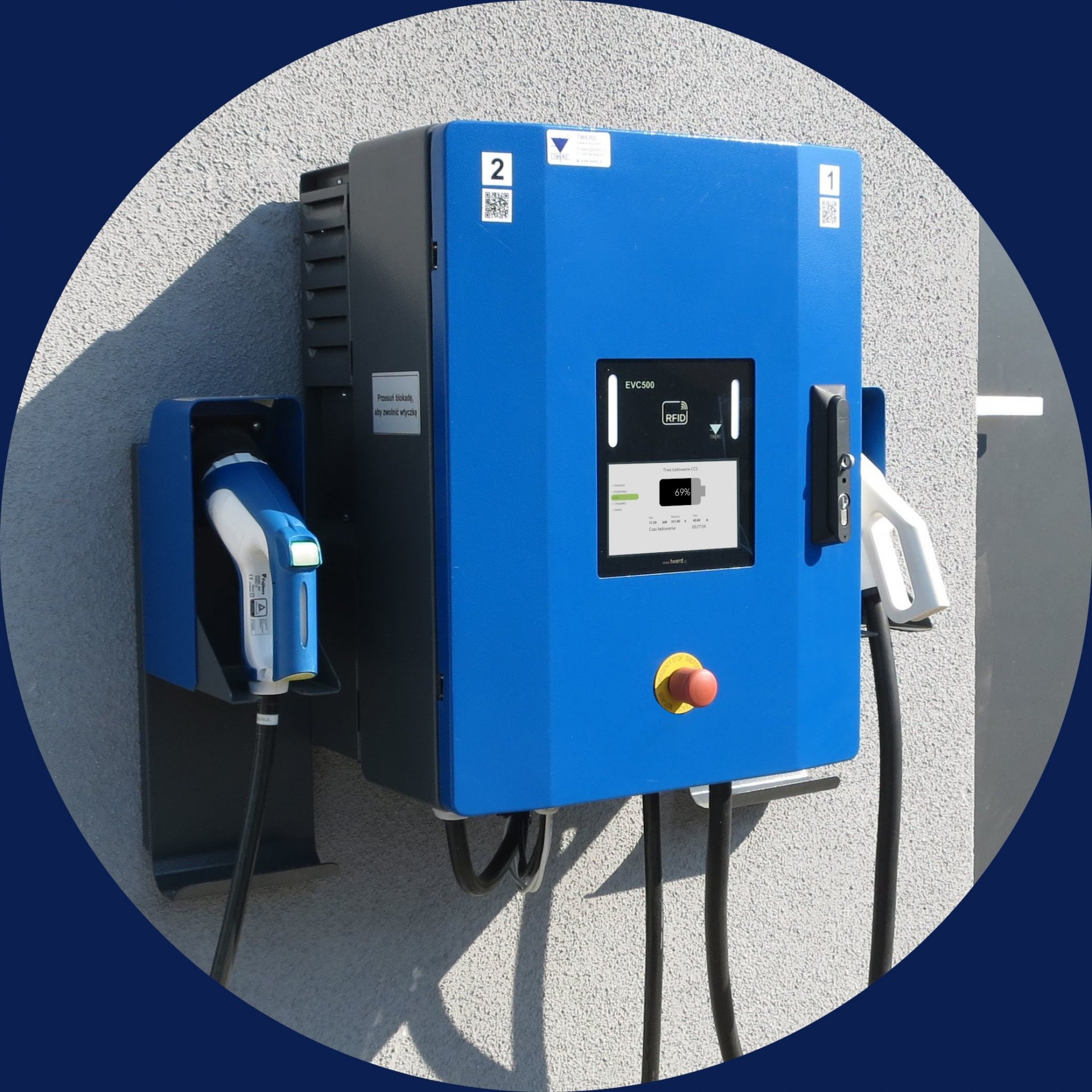FNS – Electric Vehicle Inverter
The series of Automotive Inverter Drives (FNS) is intended for use in electric cars: passenger cars (FNS-60) and trucks (FNS-70). It can also be used as a drive for boats and ships with the option of sensorless control of a PMSM synchronous motor, as well as other vehicles and machines. FNS can work with three-phase and six-phase PMSM motors. It is possible to produce a special laboratory version for research and development units.
- Nominal output power:
- FNS-60: 43 kW, 75 kW i 100 kW;
- FNS-70: 150 kW, 200 kW.
- Battery voltage:
- 300÷400 VDC for 43 kW inverter;
- 500÷650 VDC for 75 kW and 100 kW inverters;
- 500÷750 VDC for 150 kW and 200 kW inverters.
- Continuous current:
- 100 A for 43 kW and 75 kW inverters;
- 150 A for 100 kW inverter;
- 300 A for 150 kW inverter;
- 400 A for 200 kW inverter.
- Three and six-phase implementations
- Control method: FOC with MTPA (Maximum Torque Per Ampere) and with motor operating points saved in table (Look-up table)
- Digital inputs: 4 general purpose digital inputs and 1 fast 5 kHz digital input
- Digital outputs: 2 general purpose digital outputs and 1 5 kHz special purpose digital output
- Analog inputs: 1
- Communication interfaces/protocols:
- CANOpen: CAN 2.0b 125 kbit/s;
- Modbus RS-485 (service use).
- Switching frequency: 6 kHz ÷ 12 kHz
- Control circuit nominal supply: 12 VDC
- Position sensor: resolver or absolute encoder SSI 5V RS-422
- Compatible position sensors: resolver, SSI 5V RS422 absolute encoder, RS422 incremental
encoder, optional Hall sensors - Easy to use HVBI connector system (Amphenol Pcd)
- Protections: over-current, under/over-voltage, temperature of EV inverter and electric motor
- Cooling system: mixture of 50% water and 50% glycol
- Compact IP67 housing that meets Automotive standards
The inverter is one of the main elements of the electric vehicle drive system. Its task is to supply power and properly control the operation of the electric motor to obtain the set torque and speed of the drive unit. The inverter converts electrical energy between the direct current circuit (on the traction battery side) and the alternating current circuit (on the electric motor side) and controls the operation of the electric motor: start/stop, forward/reverse rotation, speed selection and control, modification or torque limit.
The series of FNS automotive inverter drives developed by TWERD ENERGO-PLUS is characterized by, among others: advanced control algorithm and compact housing. It is designed to power and control the operation of permanent magnet synchronous motors PMSM (Permanent Magnet Synchronous Motor) and brushless DC motors BLDC (Brushless DC). These engines are widely used in the drives of passenger cars, trucks, buses, vessels, as well as other vehicles and machines.
